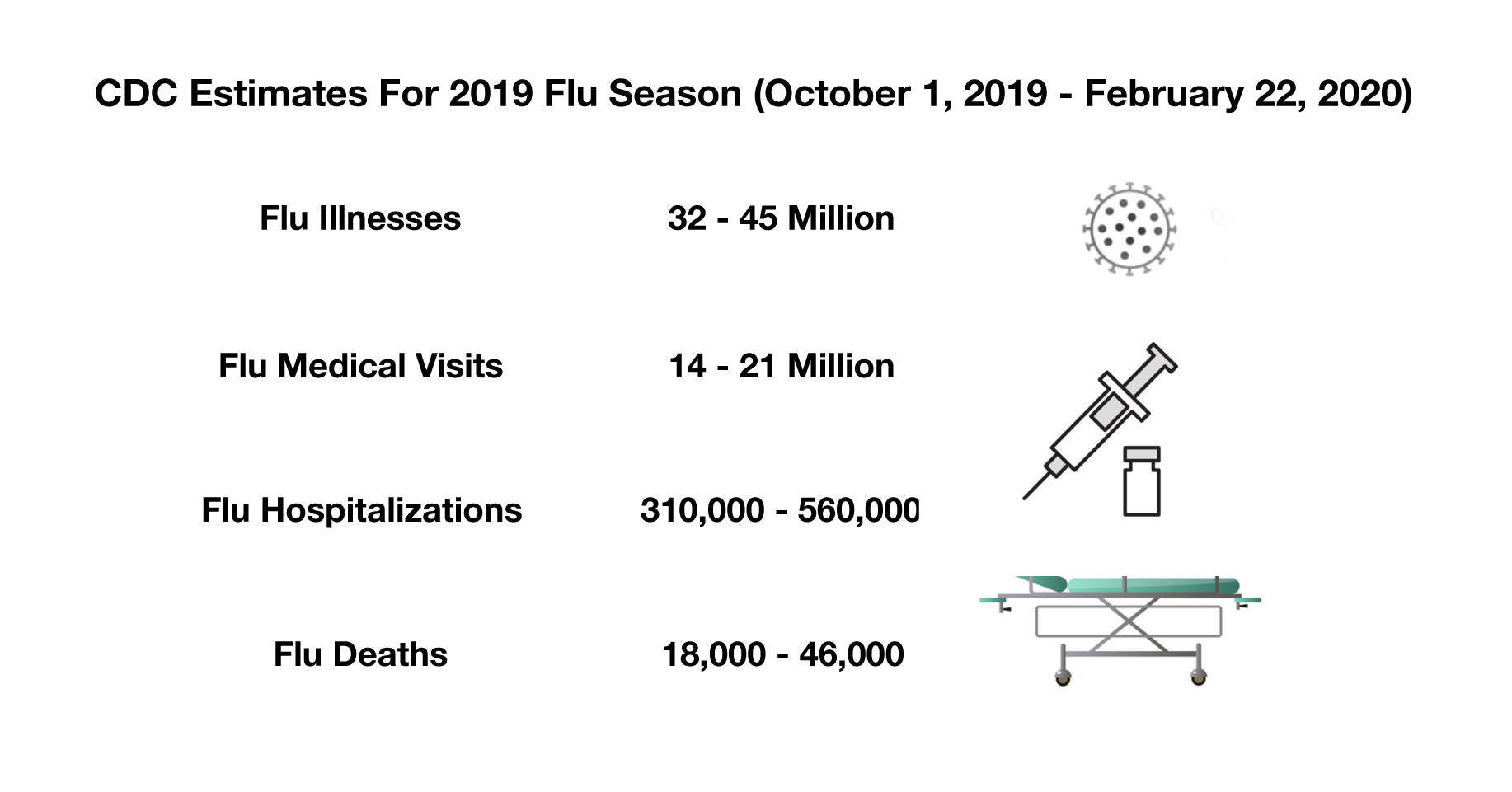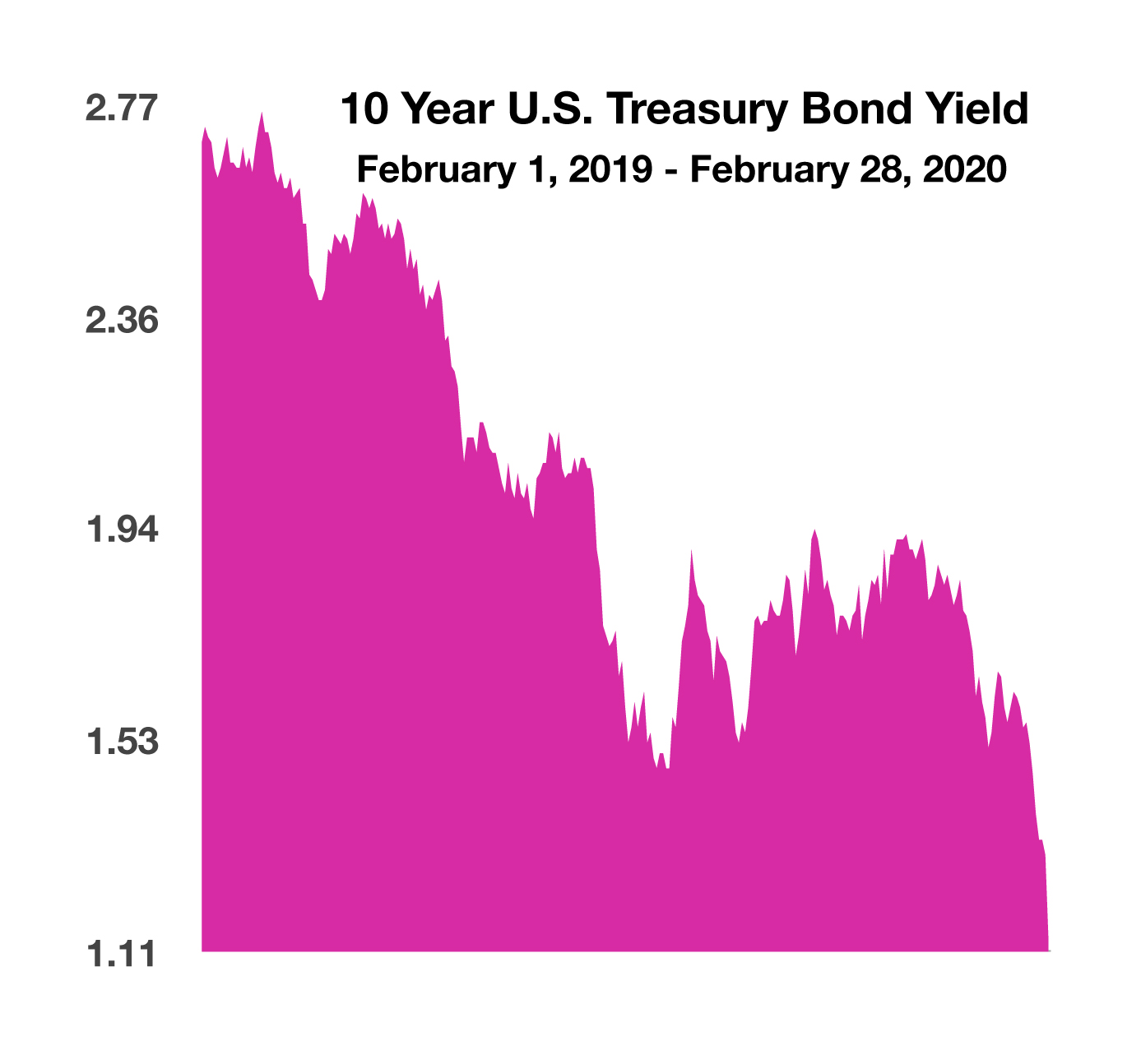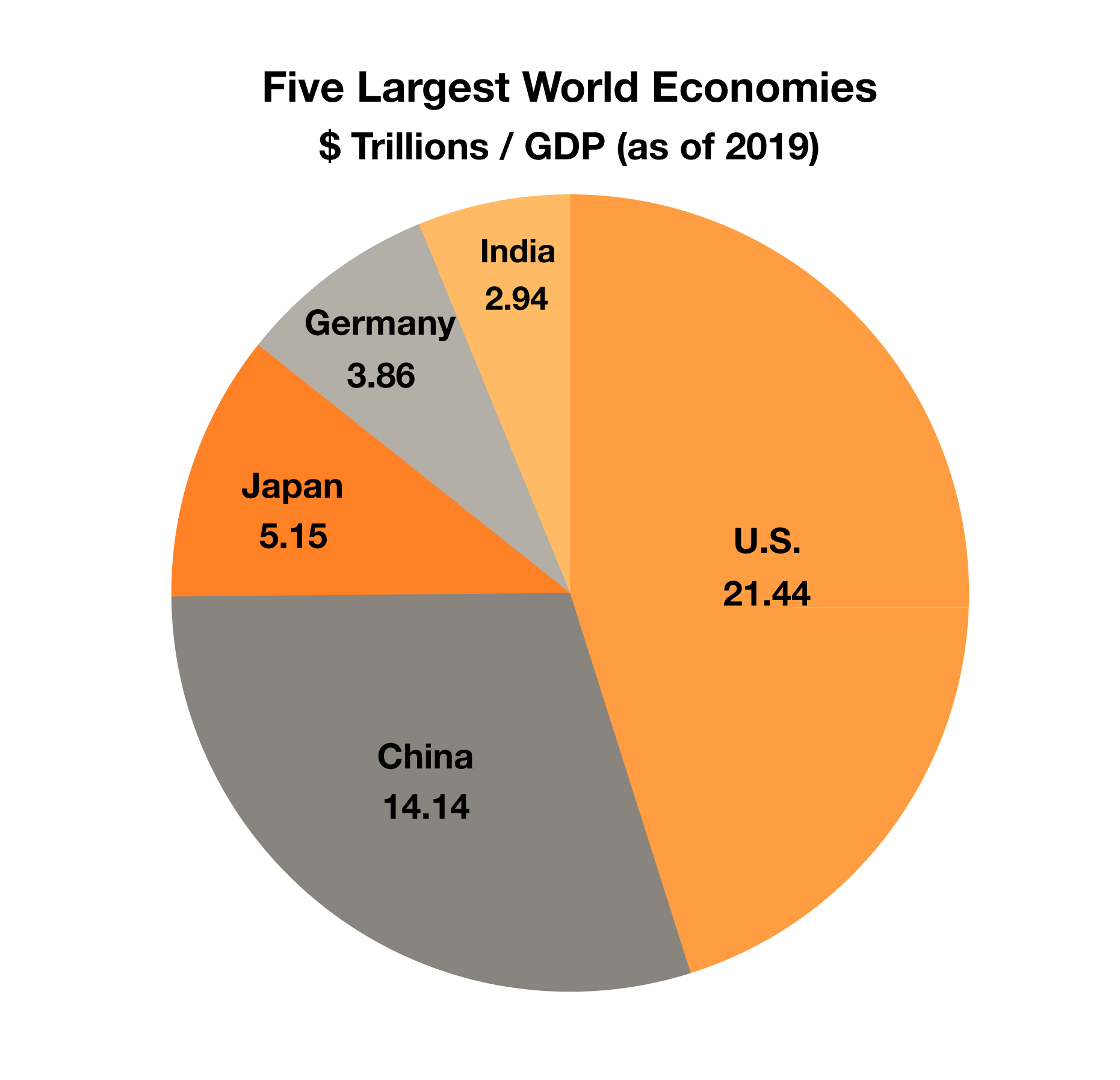
Stock Indices:
| Dow Jones | 42,270 |
| S&P 500 | 5,911 |
| Nasdaq | 19,113 |
Bond Sector Yields:
| 2 Yr Treasury | 3.89% |
| 10 Yr Treasury | 4.41% |
| 10 Yr Municipal | 3.31% |
| High Yield | 7.26% |
YTD Market Returns:
| Dow Jones | -0.64% |
| S&P 500 | 0.51% |
| Nasdaq | -1.02% |
| MSCI-EAFE | 17.30% |
| MSCI-Europe | 21.20% |
| MSCI-Pacific | 10.50% |
| MSCI-Emg Mkt | 8.90% |
| US Agg Bond | 2.45% |
| US Corp Bond | 2.26% |
| US Gov’t Bond | 2.44% |
Commodity Prices:
| Gold | 3,313 |
| Silver | 33.07 |
| Oil (WTI) | 60.79 |
Currencies:
| Dollar / Euro | 1.13 |
| Dollar / Pound | 1.34 |
| Yen / Dollar | 144.85 |
| Canadian /Dollar | 0.72 |
Macro Overview
Capital markets worldwide experienced volatility as the impact of the (COVID-19) coronavirus continues to evolve. Economic forecasts for China were revised downward by the International Monetary Fund (IMF) and the World Bank as factory closures, quarantines, and travel bans continue to weigh on numerous industries.
The Federal Reserve moved to soothe markets with a rare emergency meeting that resulted in a rate reduction announcement. The rate cut was intended to maintain liquidity and structure in an environment of uncertainty caused by the virus outbreak. Fed Chairman Jerome Powell noted that “the fundamentals of the U.S. economy remain strong,” yet the coronavirus may pose evolving risks. Yields on Treasuries fell to historical lows as funds migrated from equities to fixed income securities, driving bond prices up.
U.S. equities registered their largest weekly losses since 2008, with $3.6 trillion worth of stock values erased within the last week of February; the rapid decline affected all sectors and industries. Similarly, global equity markets saw losses as both developed and emerging market equities gave up gains. Global equity valuations retreated due to uncertainty surrounding the extent of the outbreak and its effects on the global economy. Analysts are closely following companies with supply chains tied to China, which has become a focus of concern.
Due to globalization, supply chains with exposure to China are experiencing shortages as the virus takes its toll. In the event that a vaccine emerges, shortening the coronavirus outbreak period, then pent-up demand could propel economic activity higher.
The National Center for Biotechnology Information reports that advancements in medical technology over the years have enabled scientists to develop and produce virus-combating vaccines at a faster pace than previously possible.
The impact of the coronavirus can be put into perspective with a comparison to influenza, also known as the flu, which has affected over 32 million Americans over the past year. Flu-related deaths in the United States are estimated to reach between 18,000 and 46,000 this flu season alone, as reported by the Centers for Disease Control. The center also estimates that as many as 45 million Americans will suffer flu-related symptoms and illnesses during this year’s season. (Sources: IMF, World Bank, Fed, U.S. Treasury, NCBI, CDC)



 and is referred to as “the world’s factory,” producing a broad range of items from shoes and hammers to smart phones and computers. The country’s enormous manufacturing base enables it to export massive volumes of goods globally, meeting demand from nearly every consumer in the world. China experienced exponential growth over the past few decades, from a GDP of $305 billion in 1980 to over $14 trillion this past year, making it the second-largest economy after the United States. The difference in GDP between the two nations’ economies has been shrinking over the years, as Chinese economic growth has consistently outpaced that of the United States. (Source: World Bank)
and is referred to as “the world’s factory,” producing a broad range of items from shoes and hammers to smart phones and computers. The country’s enormous manufacturing base enables it to export massive volumes of goods globally, meeting demand from nearly every consumer in the world. China experienced exponential growth over the past few decades, from a GDP of $305 billion in 1980 to over $14 trillion this past year, making it the second-largest economy after the United States. The difference in GDP between the two nations’ economies has been shrinking over the years, as Chinese economic growth has consistently outpaced that of the United States. (Source: World Bank)